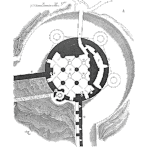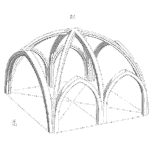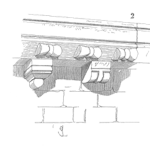
When facing yet another field issue with a high price tag, my Chief Technical Officer asked me, “How do we get more predictive so we can identify and prevent these failures from occurring in the future?” Similarly, I had a friend who was trying to optimize a key customer feature of a future product. He ran robustness experimentation considering over 40 noise and control factors that the team had brainstormed. And yet, when field trials started, the device had several failures of unknown cause. Of the more than 40 factors that they had considered during brainstorming, they missed the noise factor that was triggering these failures. I’ll turn to you and ask the same question: How do we get better at predicting future failures and preventing them from occurring? If we had infinite knowledge, we could see these failures before they occurred.
[Read more…]





 Ask a question or send along a comment.
Please login to view and use the contact form.
Ask a question or send along a comment.
Please login to view and use the contact form.